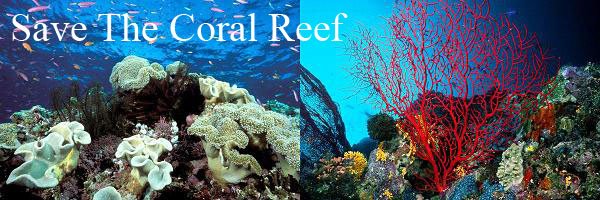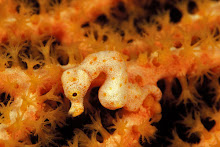The most important organisms for the development of coral reefs are, of course, corals. Corals are tiny animals with a simple tubular body known as a polyp. They have a mouth on top, surrounded by a ring of tentacles. Only some corals build reefs. These are the stony corals, or scleractinians, which live in colonies. Thousands of polyps live and grow together, laying down a shared skeleton of limestone (calcium carbonate). Over the years such skeletons may become large structures, with a living outer layer of coral animals.
Despite their importance, corals are not the only creatures involved in the building of coral reefs. Other animals such as mollusks build skeletons from limestone. Mollusk, common name for members of a phylum of soft-bodied animals, usually with a hard external shell. Familiar mollusks include the clam, oyster, snail, slug, octopus, and squid.
A number of important groups of marine plants known as algae also lay down limestone. These include a group of pink or red coralline algae that encrust bare rock and often act like cement on a reef.
Marine Algae / Rock Crab on Pink Coralline Algae / Eelgrass
Corals will generally only settle and begin to grow on a hard surface. Over time corals will grow upon corals, and the physical structure of the sea bottom begins to change. Some corals may be broken up by storms, or by the actions of animals that eat corals or bore holes into them. The broken rubble and sand that result from these activities form a critical part in the building of coral reefs. Over time all this material is compacted together around the standing skeletons of the corals and coralline algae. A coral reef begins to grow. Coral reefs grow upward at rates of 1 to 20 cm (0.4 to 7.8 in) per year.
















No comments:
Post a Comment